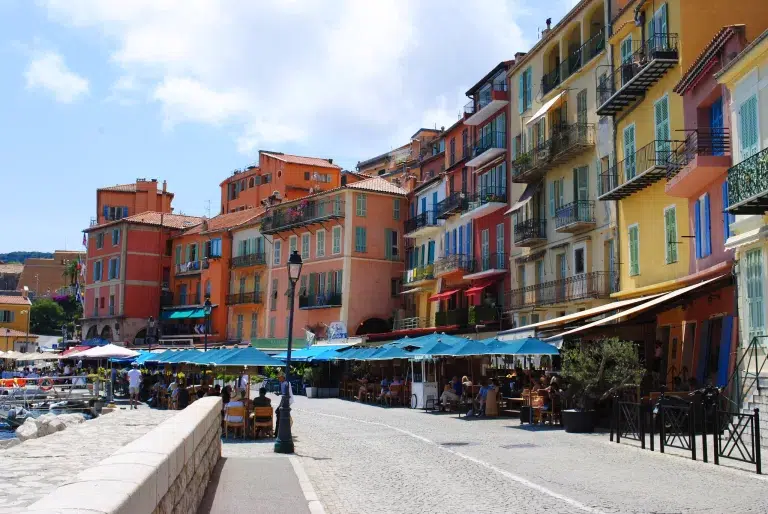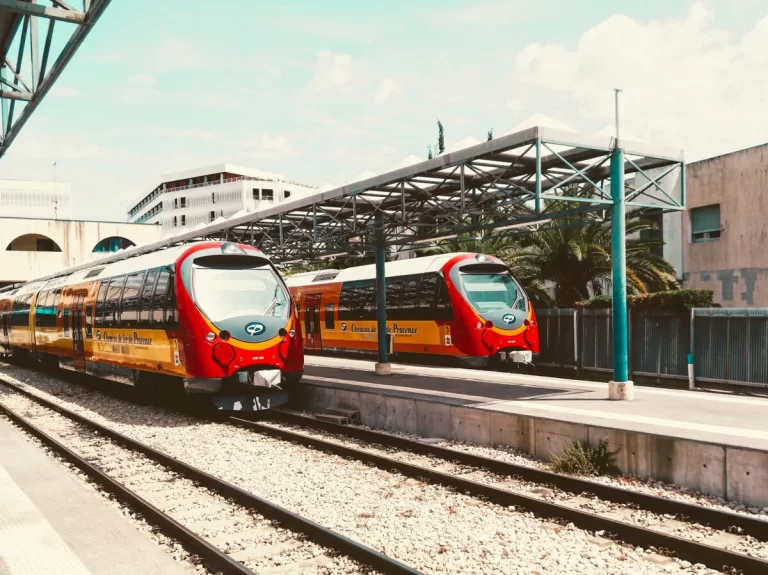European Travel With Kids: Ultimate Guide to Family Fun
Are you dreaming of a European getaway with your little ones but not sure where to start?
European travel with kids can be overwhelming, stressful, and intimidating, especially if you don’t have a plan.
The thought of taking your child to Europe can seem unobtainable if you don’t have the right information or tools to do so.
As a mom who took two young children across the pond to the old big continent of Europe, I am here to give you some tips and tricks of what I learned in the process.
In this article:
- I am giving everyone my recommendations for the best cities that my family found magical during our time in Europe
- We’ll go over the must-haves to pack so you feel like a seasoned pro
- I have also included expert tips and tricks to ensure a smooth and unforgettable European holiday with your kids.
- Plus, we’ll reveal the inside scoop at the perfect time of year to make your family travel dreams come true.
Are you ready to go? Let’s go for it!
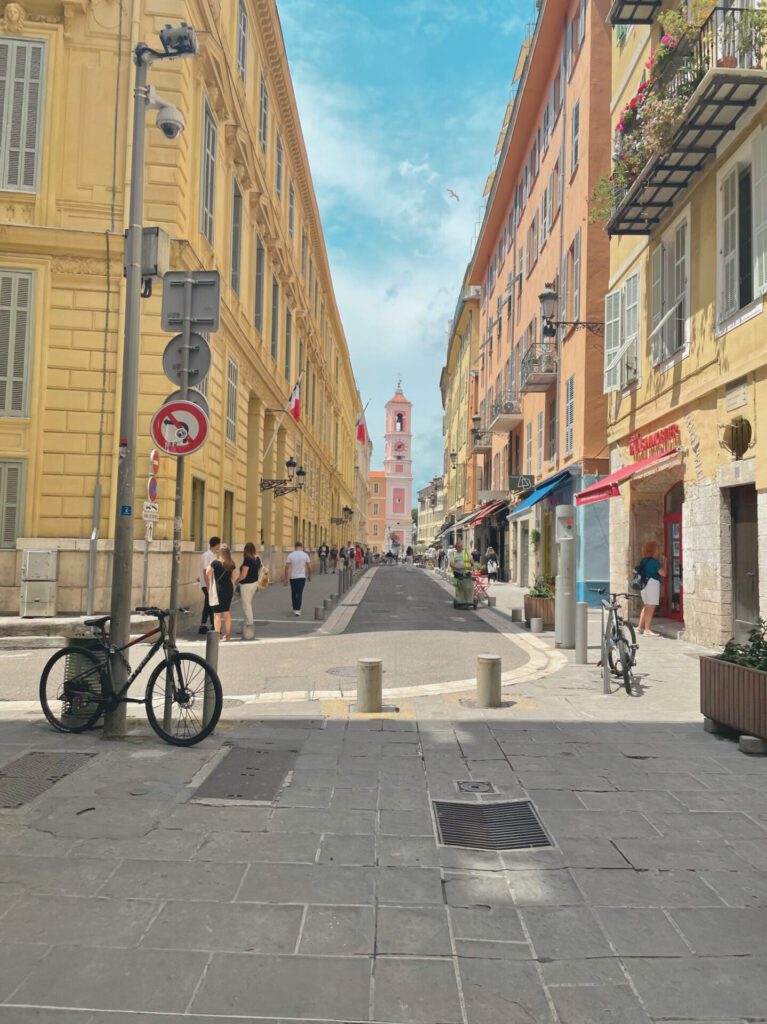
What to know about Europe
Before I begin, I want to make it clear that Europe is huge.
For those like me from the United States, it is sometimes difficult to understand.
There is an entire continent with many different languages and cultures
It has many traditions and lifestyles that have evolved over the years.
Europe is found to be multilingual, with each country having its own unique history and heritage. From sunny Mediterranean beaches to rocky Scandinavian landscapes, there is plenty of diversity.
Europe is made up of 44 countries, each of which adds something special to the entire continent.
There are so many different things to see, like vibrant flamenco dancing in Spain or beautiful opera performances in Italy. Ireland has its own mystical stories and Greece has interesting folk dances.
Despite these differences, Europe can still be united and inspiring. It’s like a colorful kaleidoscope, with each culture blending into a vibrant place.
Border Control and What You Need to Know
Schengen Area: The Schengen Area is a group of 26 European countries that have removed passports and other forms of border controls at each other’s borders. This allows travelers to move between these countries more easily.
Schengen visa: A Schengen visa is a short-term visa that allows travelers to visit any country in the Schengen area for up to 90 days out of 180 days, making it easy to see multiple parts of Europe in one trip
Open borders: The European Union (EU) allows free movement of citizens within its member states, making it easier for EU citizens to travel, work and live in different European countries without having to own a visa or undergo border checks
UK citizens will no longer be able to use their national ID cards to travel in the group after Brexit. Instead, they must present a valid passport when traveling within the EU and most other European countries.
UNESCO World Heritage Sites: There are a number of UNESCO World Heritage Sites in Europe, with a mix of cultures, nature, and features that reflect its rich history and diverse landscapes
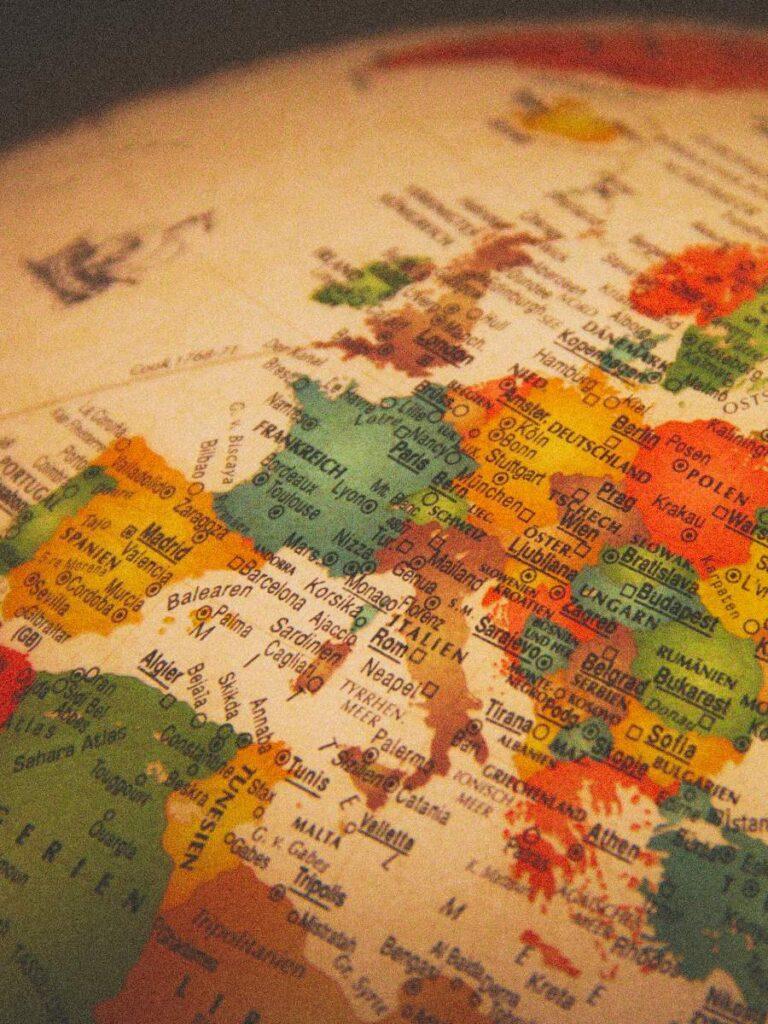
What Region is best for European Travel with Kids?
Mediterranean region
Regions include southern Spain, Italy, Greece, and the French Riviera. The warm Mediterranean climate provides the perfect setting for beach days and outdoor adventures.
The area’s rich history and vibrant culture provide many educational opportunities for young minds. From Roman ruins to Greek mythology, kids are sure to enjoy it.
Take it from me: This is an excellent area for small kids and toddlers to visit.
Central Europe
This destination welcomes families with an exciting blend of Old World tradition and modern urbanism.
Countries like Germany, Austria, and the Czech Republic offer an interesting mix of cultural festivals, mythical castles, and museums.
The warm weather makes for pleasant weather most of the year, making it perfect for sightseeing and exploring the outdoors.
Northern Europe
This area is known for its Scandinavian countries, such as Sweden, Norway, and Finland.
Families can immerse themselves in nature. Spectacular fjords, lush forests, and spectacular northern lights provide an incredible backdrop for unforgettable family trips.
Nature lovers will love this part of Europe.
Eastern Europe
This region presents a rich history and diverse landscapes. Countries like Poland, Hungary, and Romania offer a mixture of medieval towns, palaces, and ancient castles waiting to be discovered.
The region’s continental climate dictates distinctive seasons, offering families year-round experiences, from winter wonderlands to colorful fall getaways
Western Europe
The region includes the United Kingdom, Ireland, and France. With a mild, seaside climate, these destinations are perfect for year-round family travel.
From exploring the wonders of London and Paris to venturing into the famous Irish countryside, there is no shortage of family-friendly activities and attractions to keep everyone entertained
Best Cities and Regions to visit for European travel with kids
Paris
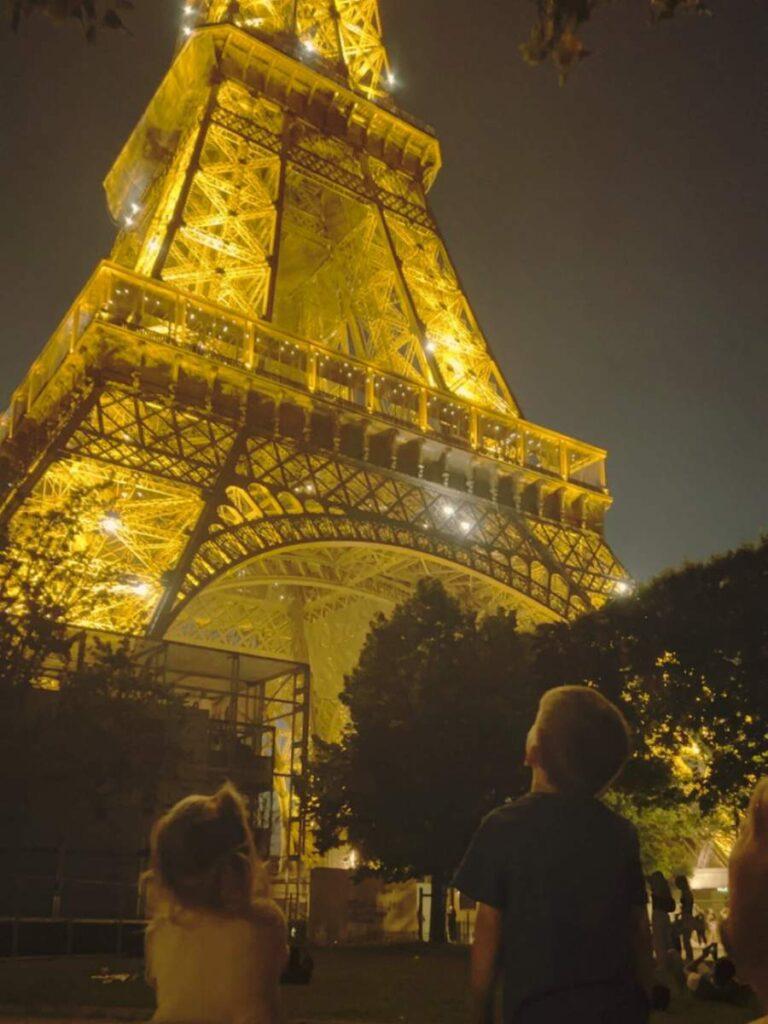
Ah, Paris, there it is! The City of Light has a lot to offer families.
Take a boat ride down the Seine and let your kids marvel at the twinkling lights of the Eiffel Tower at night (my kids still talk about this experience).
Explore Luxembourg Gardens, where your kids can play at the playground.
Don’t miss Disneyland Paris, where your princesses and little princesses can meet their favorite characters at one of Europe’s premier theme parks.
London

London is a perfect blend of history and culture.
Explore the iconic Big Ben, Buckingham Palace, and the Tower of London.
Children enjoy the interactive exhibits at the Natural History Museum and Science Museum.
Take time to enjoy the quintessentially British tradition of afternoon tea. Your Kids will love it!
Don’t forget to take in the London Eye for a breathtaking view of the city.
The Cotswolds, England
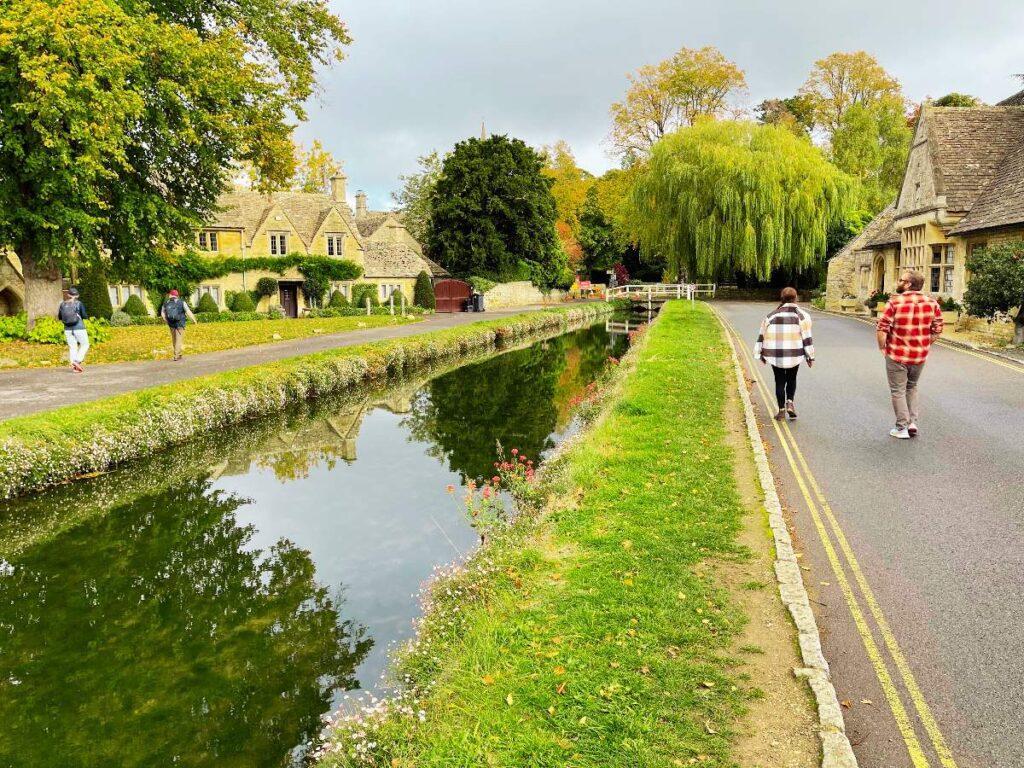
Escape the hustle and bustle of the cities and retreat to the beautiful Cotswolds.
This scenic region has picturesque villages, and scenic countryside walks to suit the whole family.
Enjoy the stunning beauty of places like Bourton-on-the-Water and Stow-on-the-Wold.
Barcelona

Bursting with architectural wonders, Barcelona has something for everyone.
Stroll the bustling Las Ramblas, explore the awe-inspiring Sagrada Familia, and relax on the sandy beaches of Barceloneta.
Your kids will love Park Guel’s whimsical designs and lively street performers.
Nice
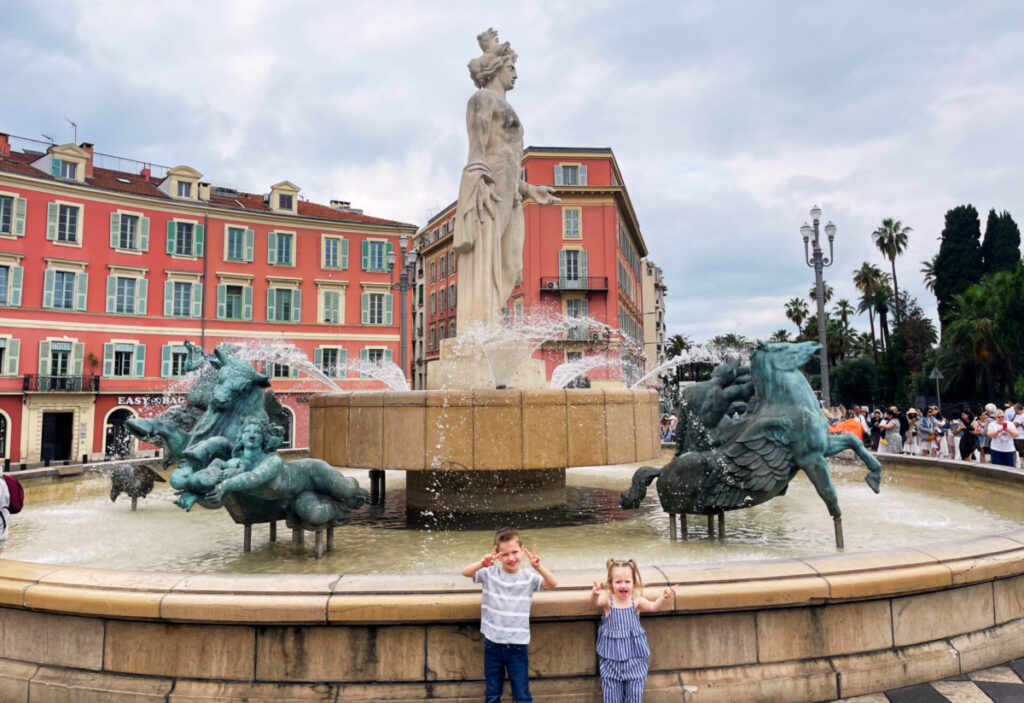
Nice and encompassing areas offer a wide array of kid-friendly activities.
The surrounding towns provide glamorous beaches and captivating cities that will captivate the complete family. Visit Nice for its colorful atmosphere and exquisite Promenade des Anglais.
Explore the nearby medieval village of Eze and enjoy the stunning perspectives from the cliff-top Jardin Exotique.
Consider an afternoon ride to Cannes or Antibes to experience their stunning seashore beach clubs.
Monaco
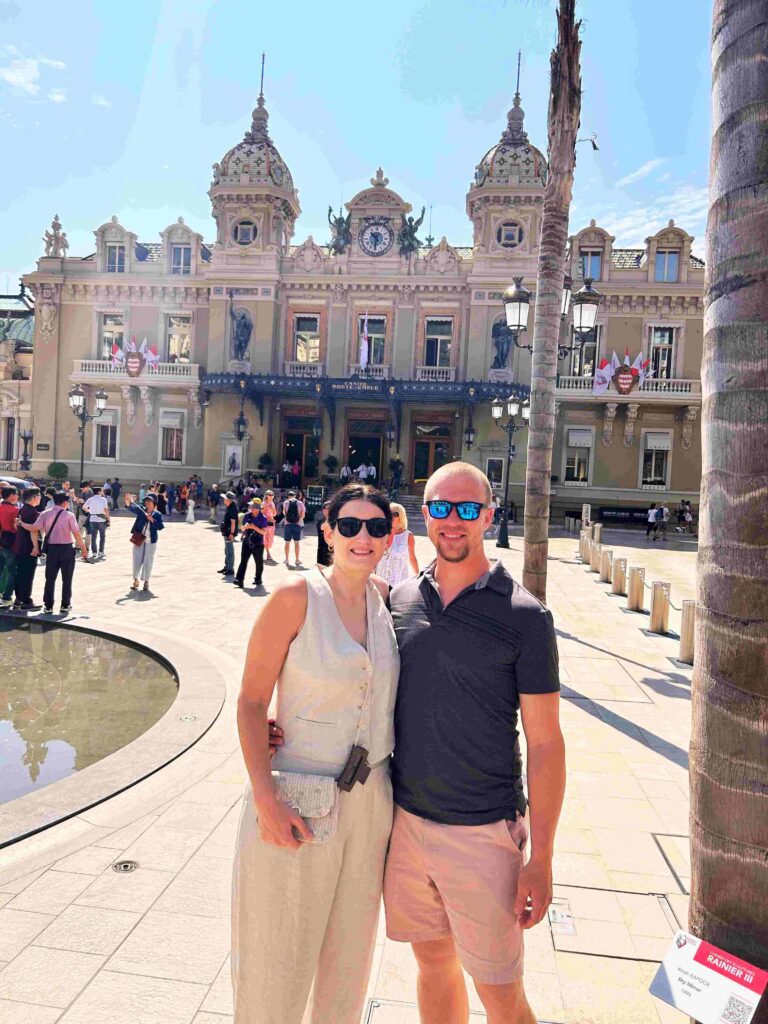
The tiny yet opulent principality of Monaco is an exciting vacation spot for families.
Take a stroll across the Prince’s Palace, and in case your children are vehicle fanatics, do not miss the opportunity to see the Monaco Grand Prix circuit.
The panoramic views of the Mediterranean can be enjoyed on a self-driving tour from Nice to Monaco.
Portofino
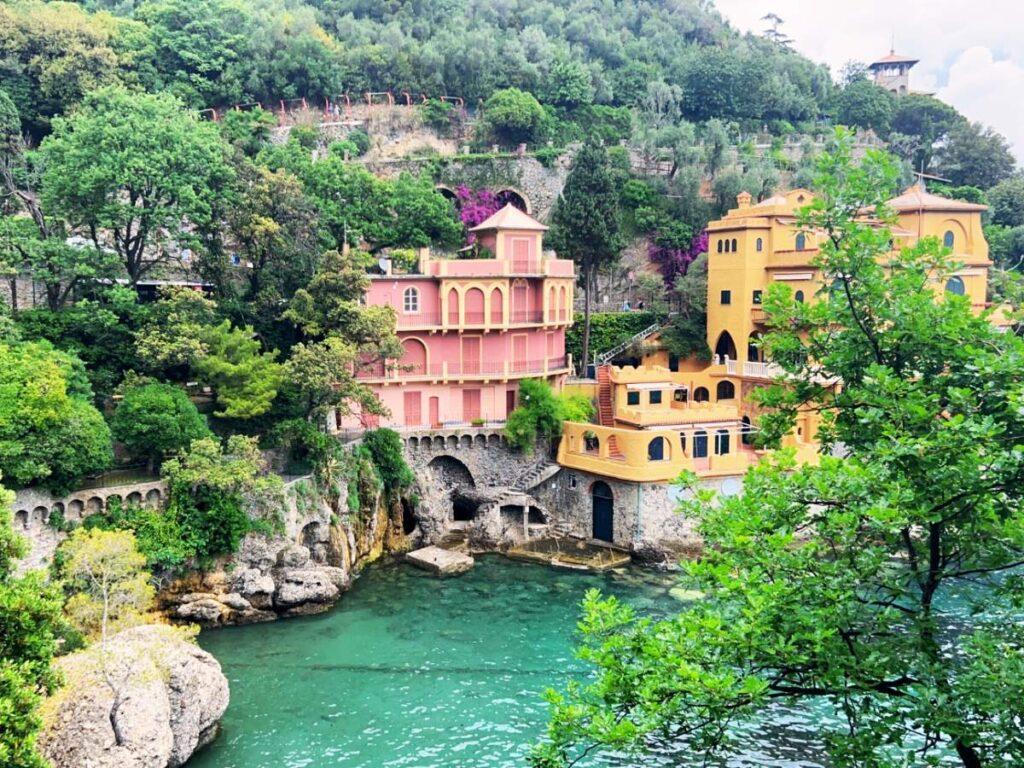
Portofino, a picturesque fishing village in Italy, is a postcard-perfect vacation spot for families.
The colorful homes, yacht-crammed harbor, and delicious seafood will go away you in awe.
Enjoy a boat tour alongside the coast, exploring the jagged cliffs and secluded beaches.
Genoa

Genoa, an ancient port city, offers a glimpse into maritime history.
Visit the Aquarium of Genoa, one of the most important in Europe, and explore the city’s charming vintage town.
This area of Italy isn’t overtaken by tourists like other regions of the country and has an authentic sense.
Tuscany
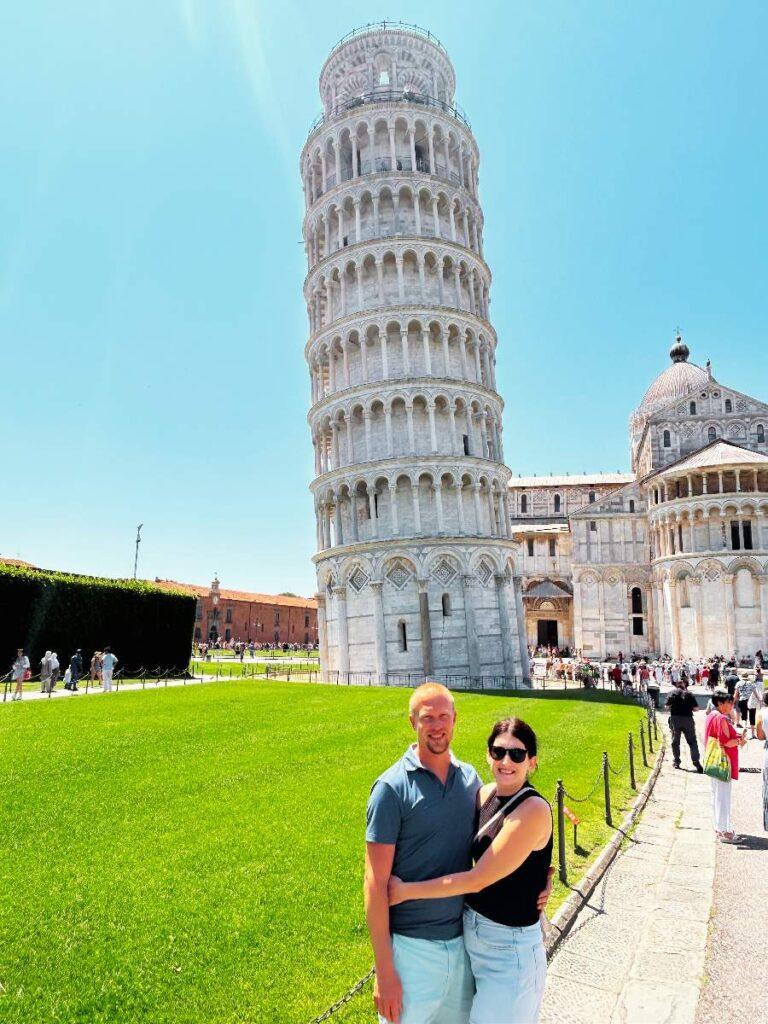
Tuscany’s mesmerizing landscapes, vineyards, and ancient towns make its own family-friendly paradise.
Visit Florence for its Renaissance history and art.
Go to the Leaning Tower of Pisa for a memorable photograph opportunity.
Consider a European Cruise
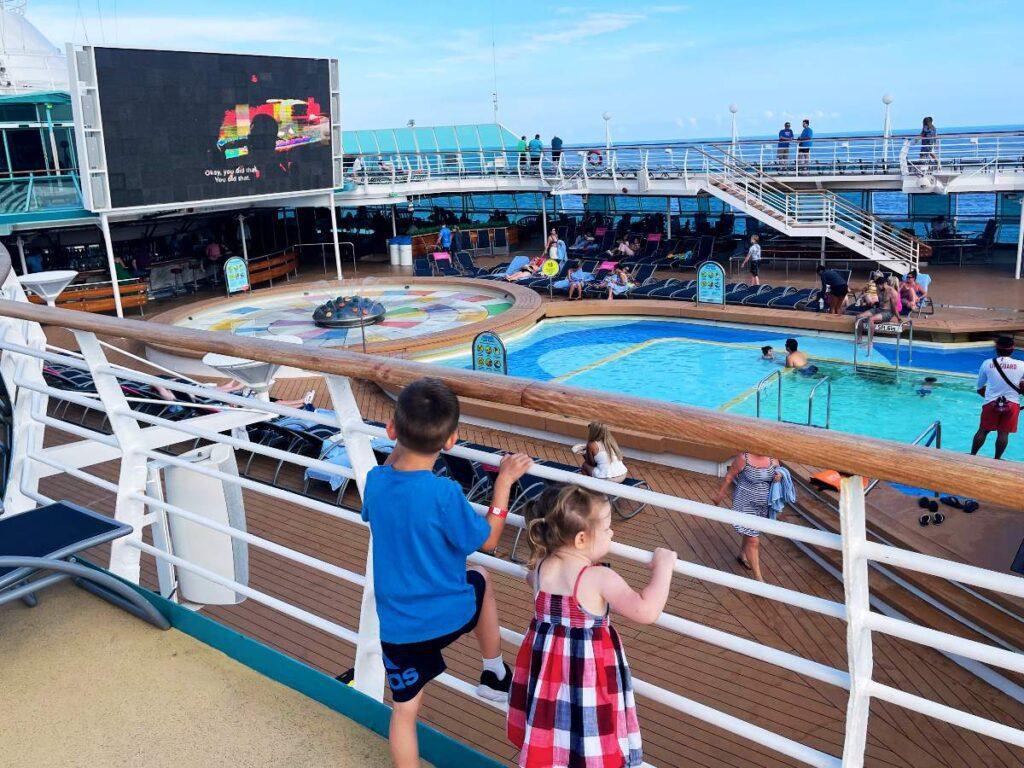
If you’re looking for a convenient way to explore more of Europe without having to pack and unpack, consider a European cruise.
Our family took a Mediterranean cruise, and it made seeing many locations with our kids convenient.
Cruises offer a wide range of family-friendly options to ensure all ages have a wonderful holiday.
Many European itineraries include Northern Europe, the Baltic Area, and the Mediterranean.
Family Travel Tips Tips for European Travel
1. Prepare your children
Before you embark on a European trip, talk to your kids about what to expect during the trip. Show them pictures, read books, and watch movies about adventures and curiosity.
2. They should help organize:
Include your children in the itinerary. They can choose a few activities or places they want to explore, making them feel more engaged and excited about the trip.
3. Adjust expectations
While a solid itinerary is essential, be prepared for distractions and unexpected changes. Flexibility is key when traveling with kids.
4. Plan rest time
Balance destinations and downtime to rest and recharge. Children can easily get overwhelmed, so giving them time to play and relax is essential to a successful vacation.
5. Use Google maps
Download Google Maps on your phone for easy navigation around your destination, even without internet access. Think about pinning locations ahead of time and developing routes to get to your places of interest.
6. Buy tickets in advance:
Buy tickets to popular attractions in advance to avoid long queues and disappointed faces. In peak tourist season, this is especially important as many attractions will sell out in advance.
Websites like Viator, Tripadvisor, and Get Your Guide can be good resources for tickets.

7. Learn mealtime rituals:
Familiarize yourself with local mealtime customs. In some European countries, dinner is served later than usual, so plan accordingly.
8. Leave the cities:
While the cities have so much to offer, don’t miss the opportunity to explore the countryside and discover a different part of Europe.
9. Combat Jet Lag:
Adjust your family sleep schedule a few days before your departure to lessen the effects of jet lag.
Try to plan for outdoor activities on the first day at your location. Being in the sunlight helps your body adjust to the new time zone.
10. Bring snacks and entertainment for long-haul flights:
Long flights can be challenging for kids, so pack their favorite snacks, toys, and entertainment to keep them occupied.
11. Pack light:
Traveling with kids means more luggage, but try to pack efficiently and avoid overpacking. Consider doing laundry for trips greater than one week to save on luggage space.
12. Bring a stroller and carrier:
A stroller and baby carrier can be a lifesaver during sightseeing and exploring. Consider your location. Will there be a lot of stairs or cobblestone streets that would make a carrier a better option?
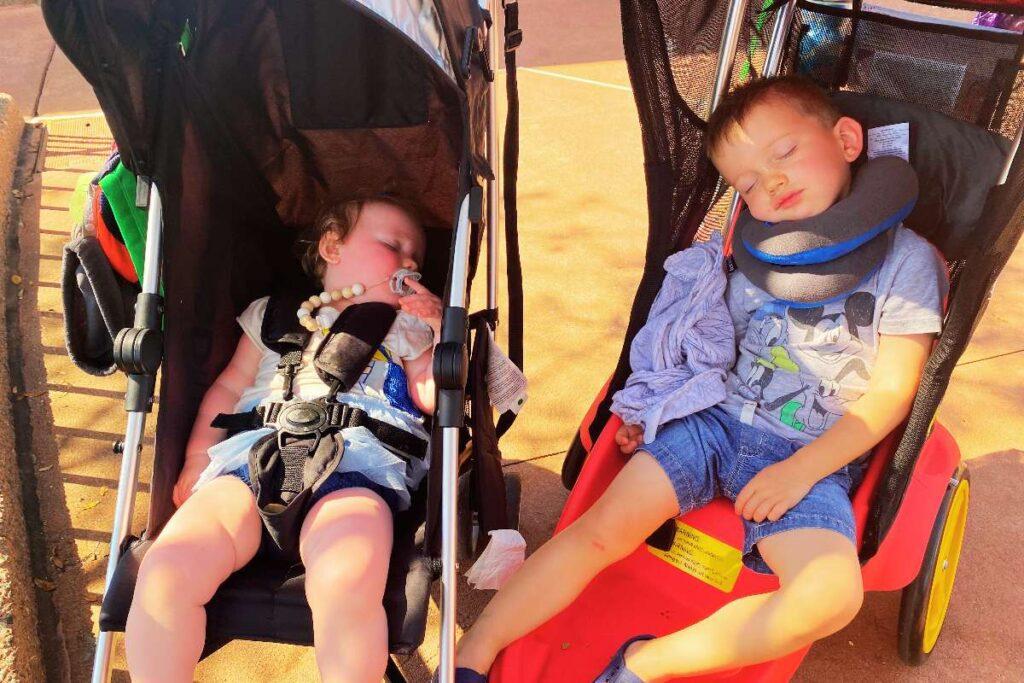
13. Bring refillable drink bottles
Staying hydrated is essential, so bring refillable water bottles for the whole family.
In Rome, we used the free public fountains to keep our water bottles full.
14. Bring packing cubes
Organize your luggage with packing cubes to keep everything in order during your trip.
We use a different color for every member of our family for easy organization.
15. Have a stroller/luggage strategy for train stations/metro:
Be prepared to navigate public transportation with a stroller and luggage.
Not all metro stations will have elevators or escalators.
16. Take the metro
Public transportation is often the most efficient way to get around in European cities.
We took the metro around Barcelona and Paris. My kids thought that it was an attraction on its own.
17. Consider car service from the airport:
After a long flight, consider booking a car service to your accommodation for a more comfortable transfer, especially if you have young children.
Car services also have car seats available to ensure children’s safety.
We used Welcome Pickups. They are available in many European cities.
18. Research family-friendly accommodations:
Check if the hotel provides kid-friendly amenities or has policies accommodating families.
19. Consider bringing a high chair
High chairs are not as common in the area. If you have younger kids, inquire about high chairs at restaurants or consider bringing a portable one.
20. Kids’ meals are not readily available
Be prepared that children’s menus may not be as common as you are used to. Consider having your kids share a meal if there is not a dedicated kids’ meal section.

21. Have a picnic:
Grab a few neighborhood treats at a local grocery store and have a picnic in a park or at the beach.
Grab some bread, cheese, and accompaniments, and spread out.
It is an affordable way of enjoying some local fare.
22. Consider a hop-on-hop-off tour:
Hop-on-hop-off bus tours can be a handy manner to explore the city’s highlights with kids.
London, Paris, and Monaco all have great routes to help you hit all the city icons.
My kids love to ride in the open-top buses.
23. Museum suggestions:
Check if museums provide interactive exhibits.
Also, check to see if there are discounted kids tickets or days when children get in free.
24. Nap strategies:
Plan breaks or downtime to accommodate your kids’ nap schedules.
Consider having them nap in the stroller while you sight-see.
25. Tailor transportation to the place and consider parking problems:
Depending on your vacation spot, select the most suitable transportation option.
In some cities, it is appropriate to depend on public transport, whilst renting a car might be more convenient for exploring rural areas.
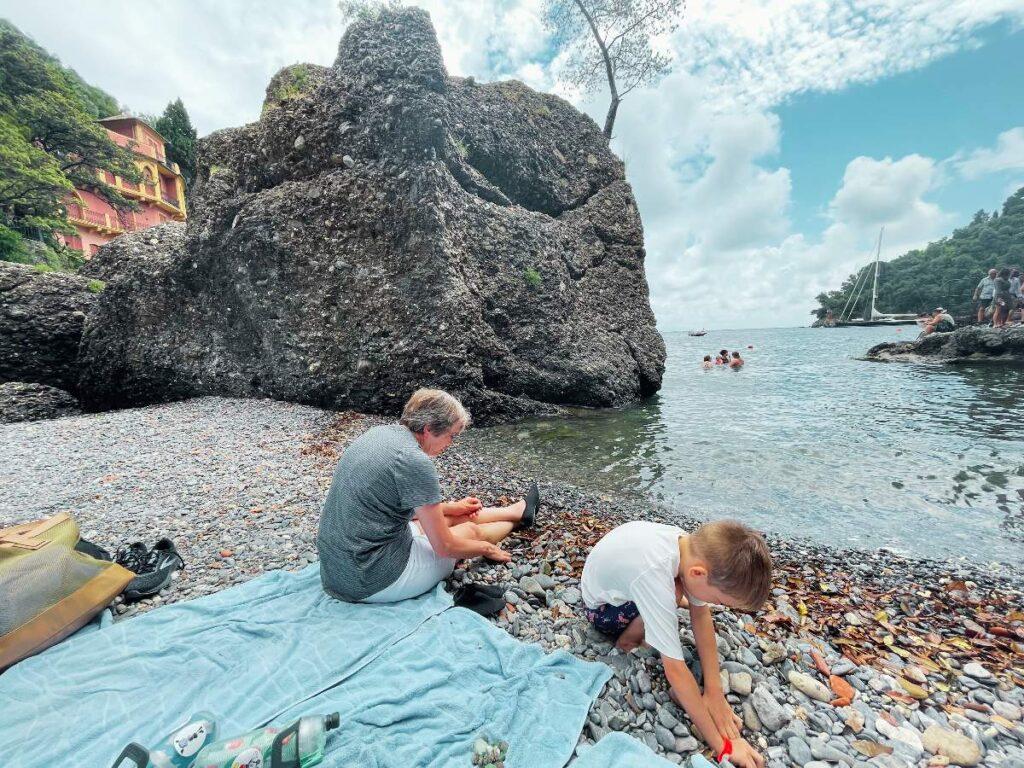
26. Allow for unstructured time:
While it’s important to have an itinerary, leave a little room for spontaneous adventures and discoveries.
Allow your children to play at local parks and playgrounds vs. filling all your days with structured tours.
27. Pay to skip the line
Some sights offer fast-track or skip-the-line tickets, which efficiently lets you see more in a short period of time.
Booking skip-the-line tickets allowed my family to avoid long lines and, therefore, avoid meltdowns.
28. Buy baby supplies at the destination:
To save space in your luggage, consider buying diapers, baby food, and other supplies once you arrive at your destination.
We did this when we went to Barcelona, and we saved so much space and could spend more time in Las Ramblas shopping for souvenirs.
29. Select kid-friendly accommodations:
Choose hotels or rentals that cater to families, offering amenities like playrooms, kids’ pools, and babysitting services.
30. Cherish memories:
Take lots of pictures and capture those precious moments with your kids.
These memories will be cherished for years to come.
31. Book private tours:
Private tours can be more flexible and tailored to your family’s needs and interests.
We took a private tour of both Florence and Rome, and it made it easier for our kids.
We could dictate the pace and what attractions we were most interested in.

32. Minimize connecting flights:
Choose direct flights when possible to minimize travel time and potential stress during layovers.
33. Call the bank ahead of time:
Notify your bank about your travel plans to avoid any issues with using your credit cards abroad.
34. Get a credit card with no foreign transaction fees:
Save on unnecessary fees by using a credit card with no foreign transaction fees. We use Chase Saphire Preferred and Capital One Venture X cards when we travel internationally.
35. Make sure your credit card has a chip:
Many European countries primarily use chip-and-pin credit cards, so make sure your cards have this feature.
36. Book travel insurance:
Protect your family’s travel investment by purchasing comprehensive travel insurance that covers unexpected events such as illness and trip delay.
Best time of year to visit Europe with Kids
The best time to travel to Europe with kids largely depends on what your family wants and the places you want to visit.
Summer is a popular time for family vacations, with warm weather and long days of daylight. However, it’s also the peak tourist season, so be prepared for big crowds and high prices.
The best time to visit is the shoulder season in spring (April to June) and autumn (September to October). The weather is pleasant, and fewer tourists make it easy to enjoy the famous sites without the crowds.
Winter can be magical, especially during the holiday season when many cities are decked out in festivities. However, keep in mind that some tourist attractions have reduced hours or even close during peak months. Areas like the French Riviera will still be warmer than areas farther north.
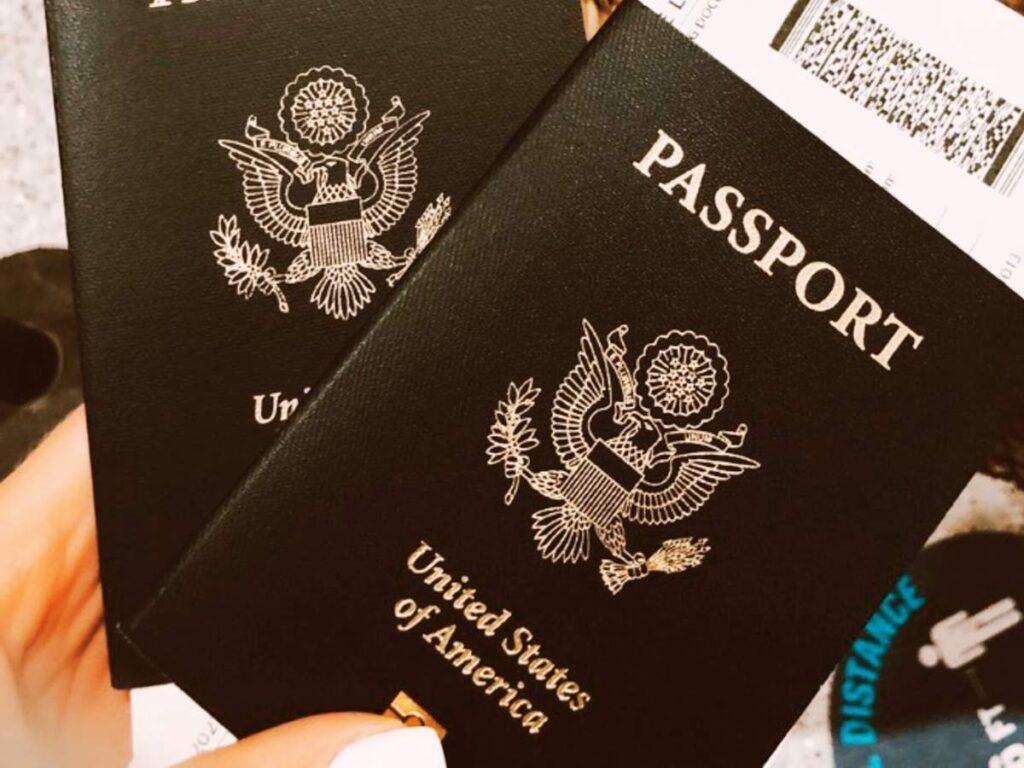
Types of Documentation You will need to visit Europe
When traveling to Europe with kids, ensure you have the following essential travel documentation:
1. Passports: Make sure each family member has a valid passport that is valid for at least six months beyond the travel dates. Processing times for new passports can vary.
2. Visa: Check the visa requirements of the countries you plan to visit. Some citizens may need a visa to enter some European countries.
3. ETIAS: Starting in 2024, Americans traveling to Europe will need to apply for their ETIAS (European Travel Information and Authorization System); this requires an application and your passport to enter all parts of Europe. You are advised to apply at least 14 days in advance.
3. Travel Insurance: Buy comprehensive travel insurance that covers medical emergencies, trip cancellations, and other unexpected events.
4. Consent form: If traveling with only one parent or guardian, bring the consent form of the absent parent or guardian.
5. Health Documents: Bring any necessary medical documents, such as vaccination records or medical records.
Why should you vacation with your kids in Europe?
Cultural Exposure
Europe is a continent with a rich cultural heritage and diverse traditions.
Exposing your kids to different cultures, languages, and customs can broaden their understanding of the world and foster cultural appreciation.
Historical Education
Europe is steeped in history, with countless historical sites, museums, and landmarks.
Visiting these places can provide valuable history lessons and bring textbooks to life, making learning enjoyable and memorable.
Culinary tours
Introducing your children to European cuisine can be a wonderful experience.
Trying new foods and flavors can expand their palate and encourage those who want to eat more.
Food Tours and Cooking classes are one of my family’s favorite ways to explore a location.
Geography
Travel in Europe gives children the opportunity to learn about geography as they explore different landscapes, climates, and geological features in different countries

Art and Architecture
Europe is renowned for its magnificent art and architecture.
From famous museums like the Louvre in Paris to iconic landmarks like the Colosseum in Rome, kids can marvel at the world’s greatest artistic achievements.
Language expression
There are so many different languages and dialects in Europe. Encouraging your children to learn basic vocabulary and interact with locals can foster an interest in languages and develop communication skills.
Opportunity to Connect
Traveling as a family creates lasting memories and strengthens family bonds. Exploring together can create shared experiences and foster a sense of unity.
Myths and legends
Europe is the birthplace of many famous myths, legends, and fairytales. Visits to places associated with these events can warm the imagination and stimulate interest in literature and folklore.
Final Thoughts
As parents, we know that traveling with kids can have its challenges, but trust me when I say that the rewards far outweigh any hiccups along the way.
With a well-thought-out packing list, a few tricks up my sleeve, and a flexible mindset, my family and I were able to have an unforgettable European trip.
Exploring Europe together as a family has not only strengthened our bond but also ignited a passion for adventure and a curiosity about the world that will stay with my kids forever.
As you embark on your own European escapade with your little ones, I hope this guide has provided you with the tools to make your trip an extraordinary one.

